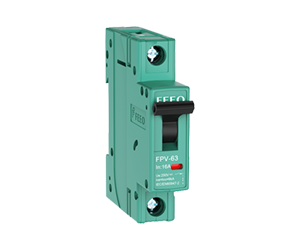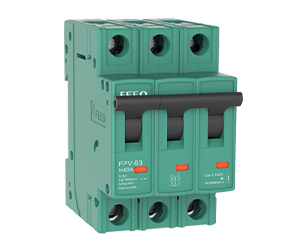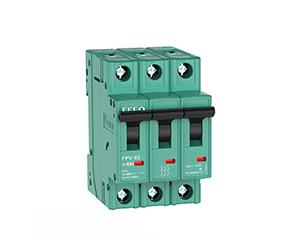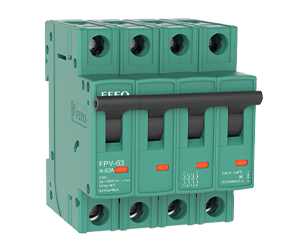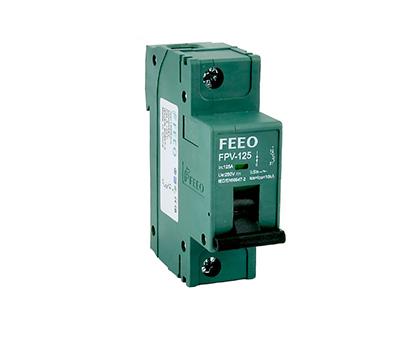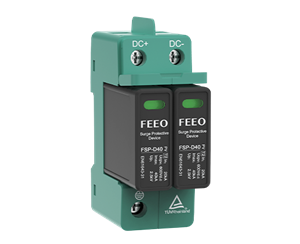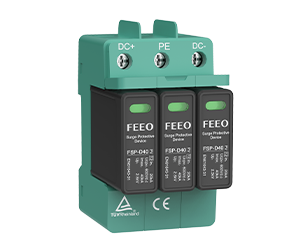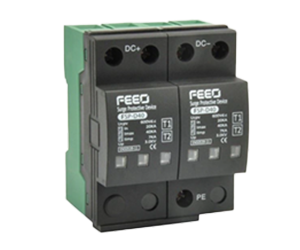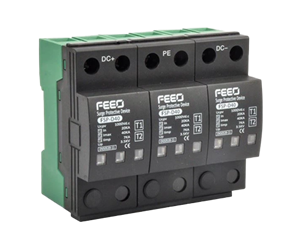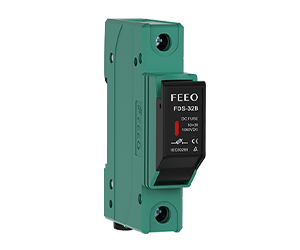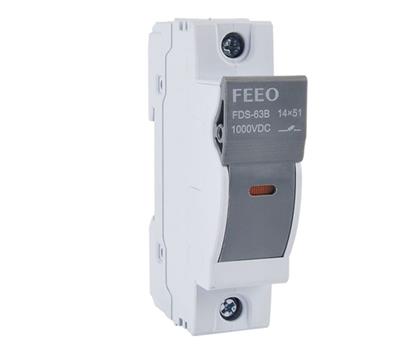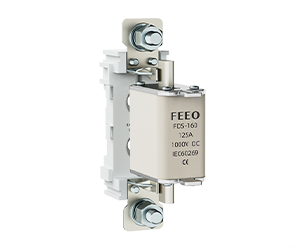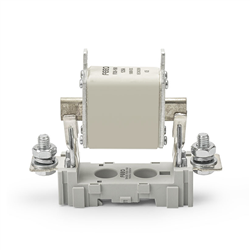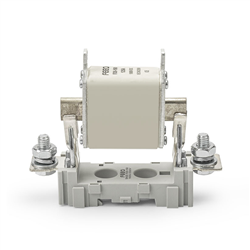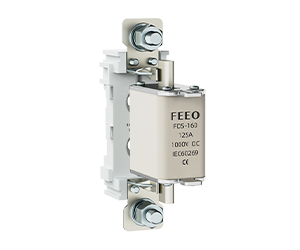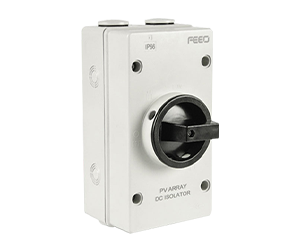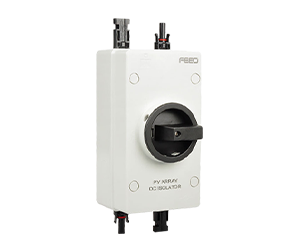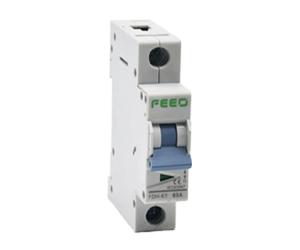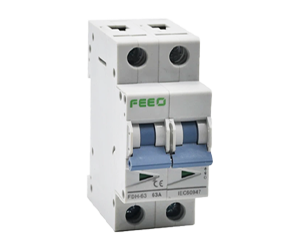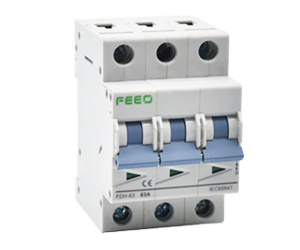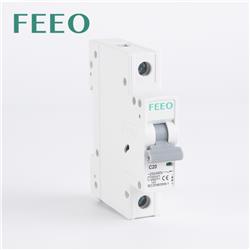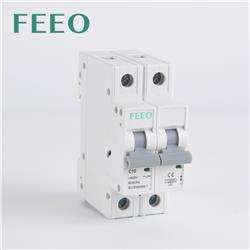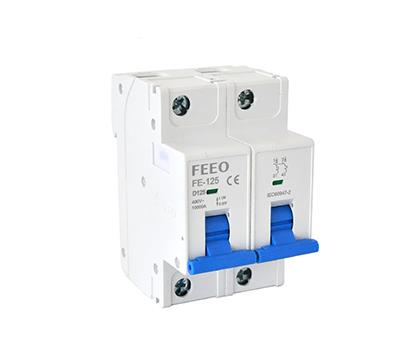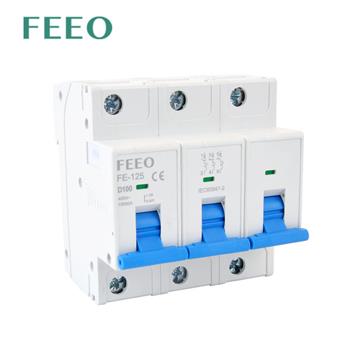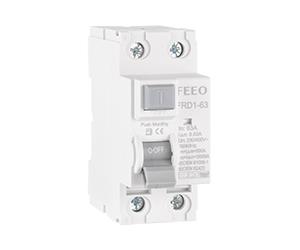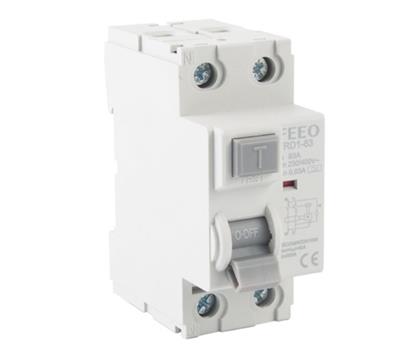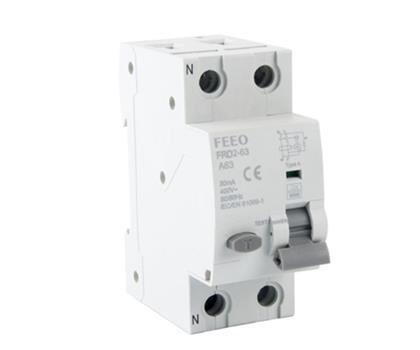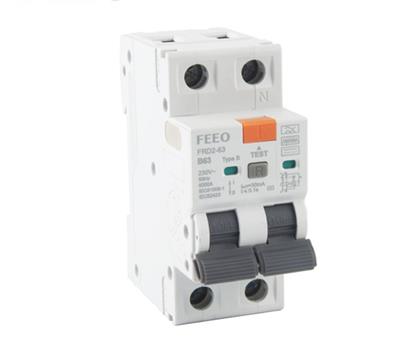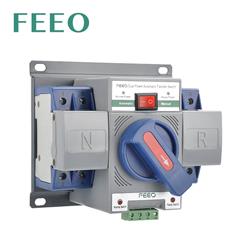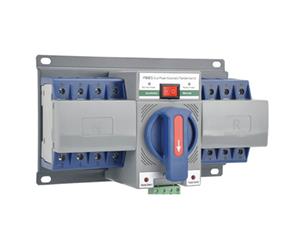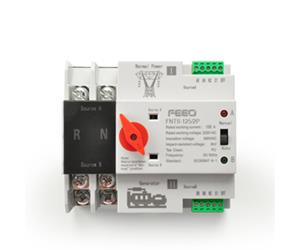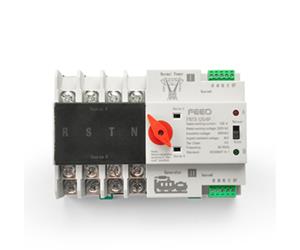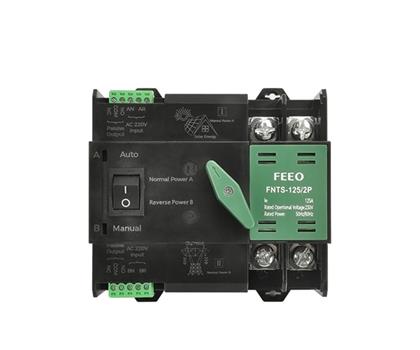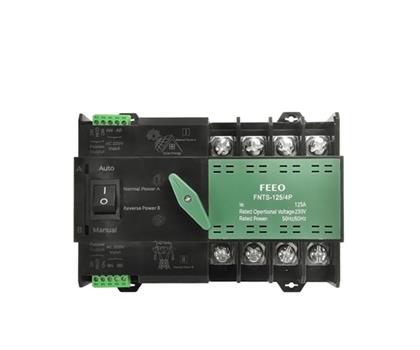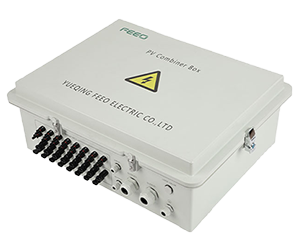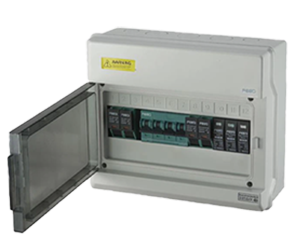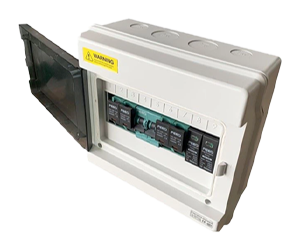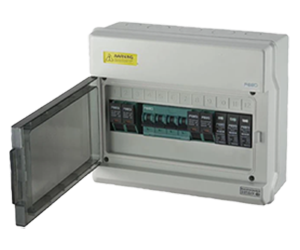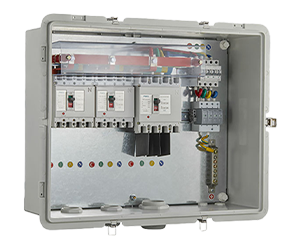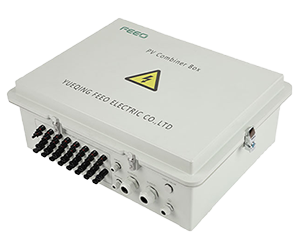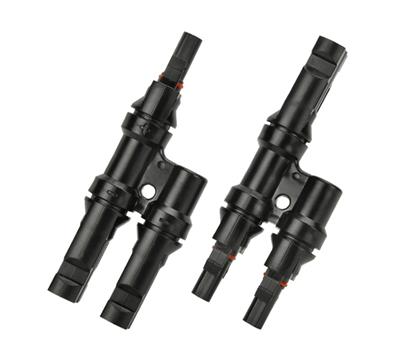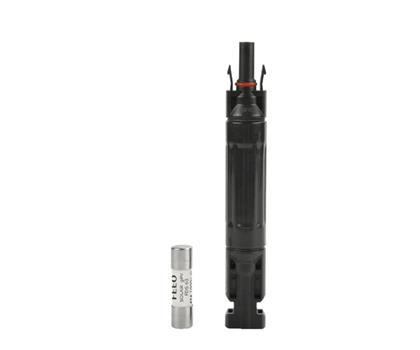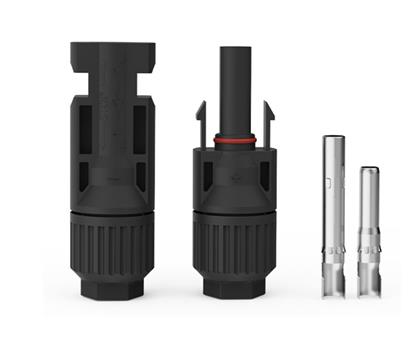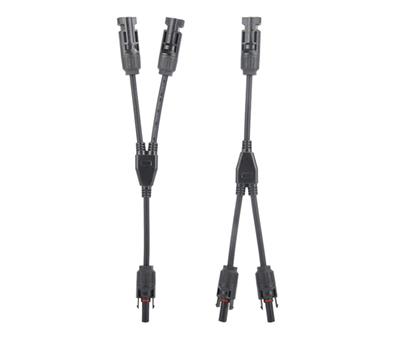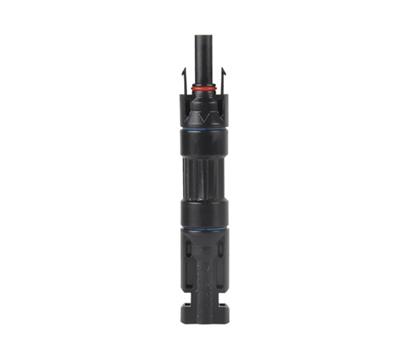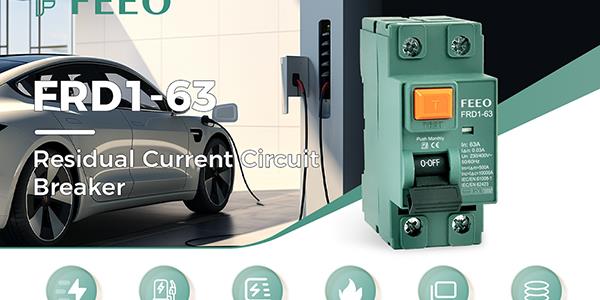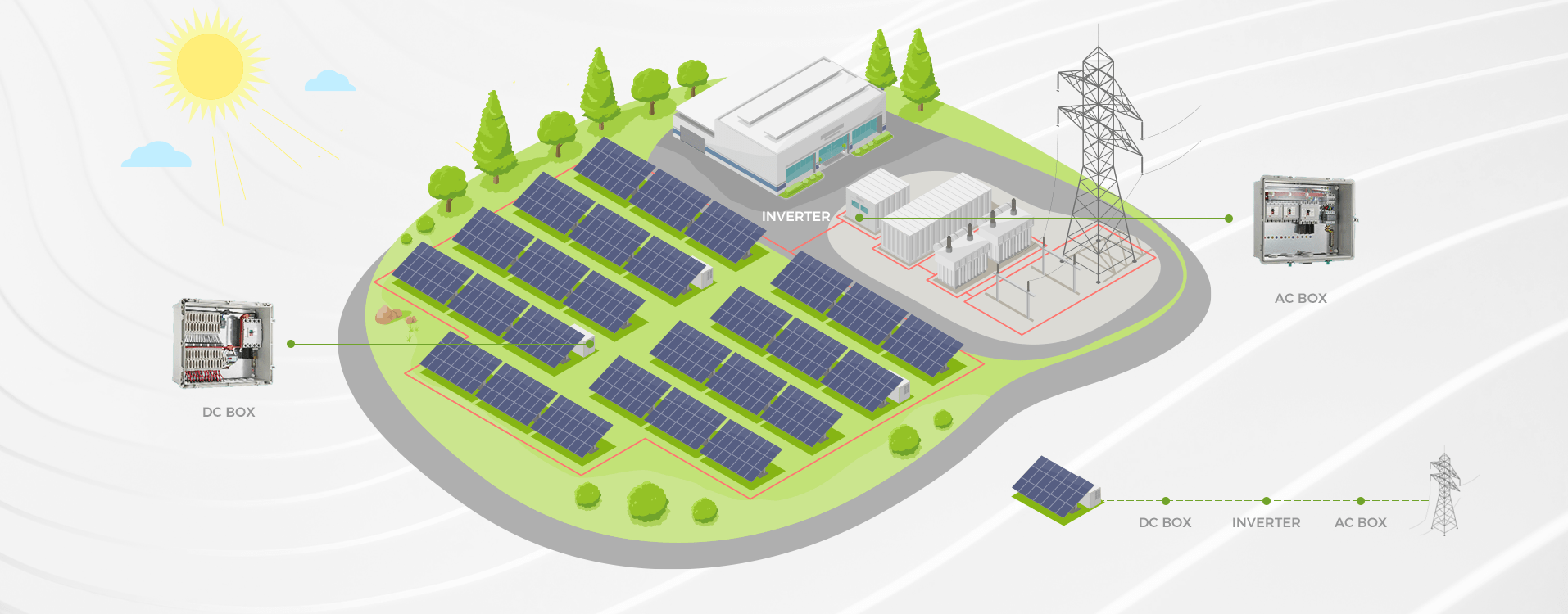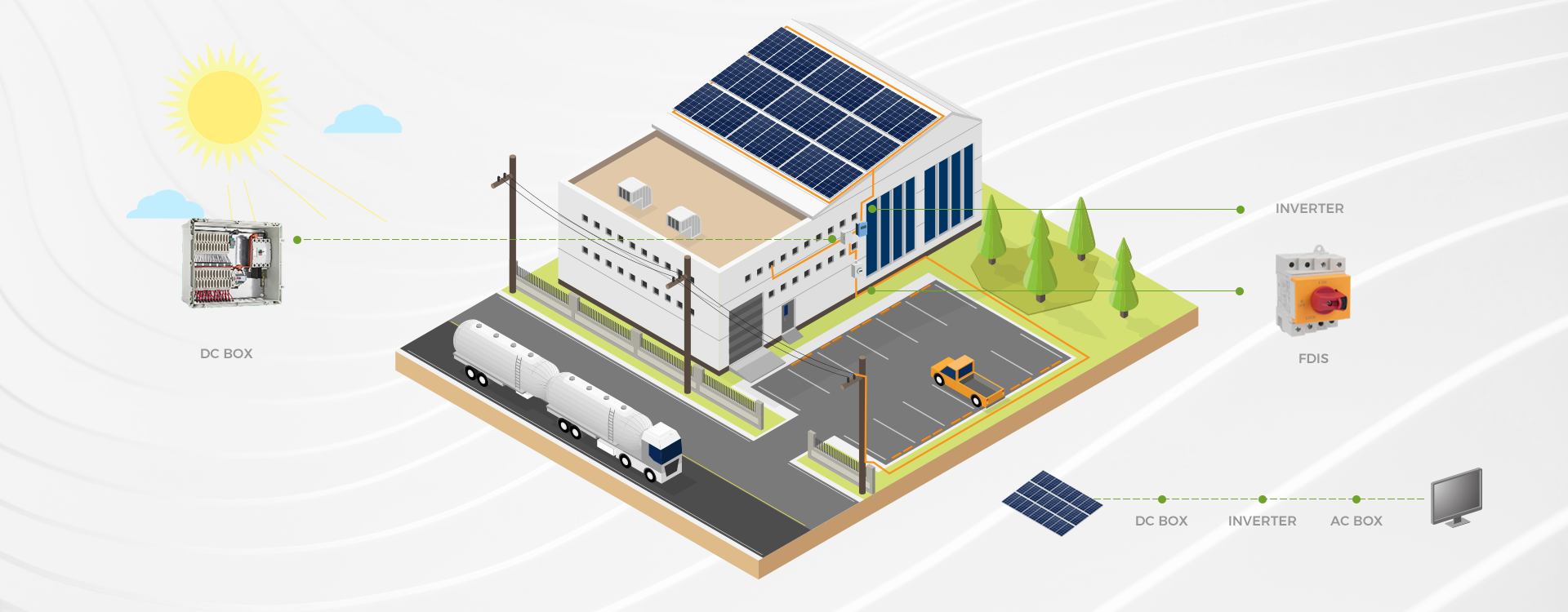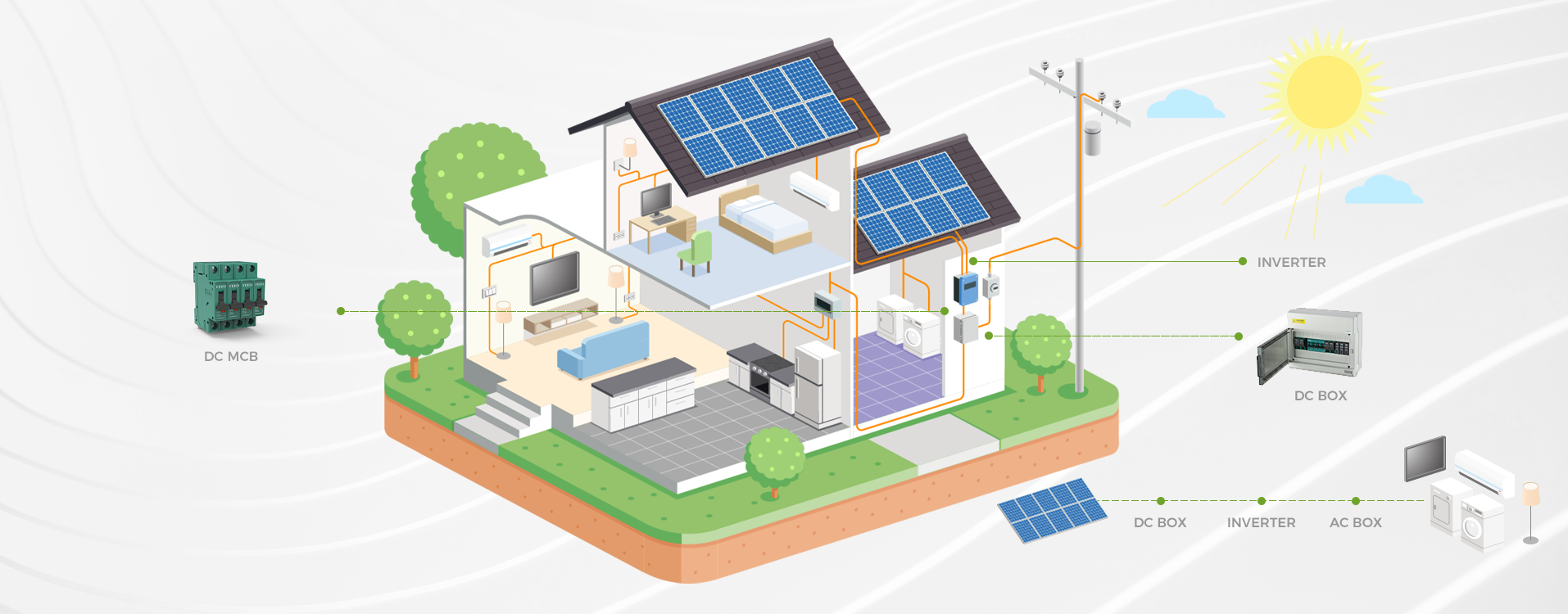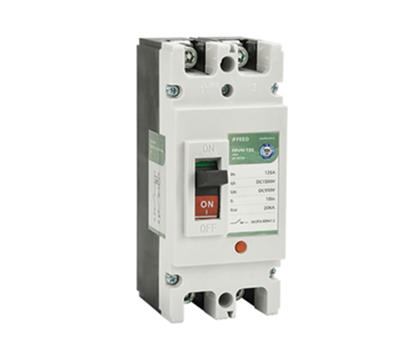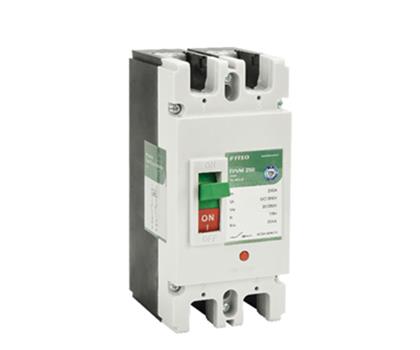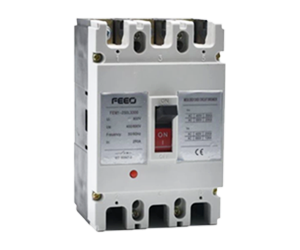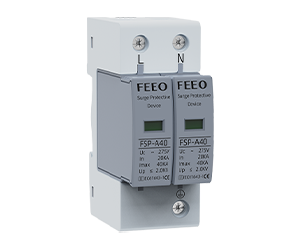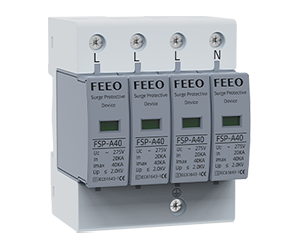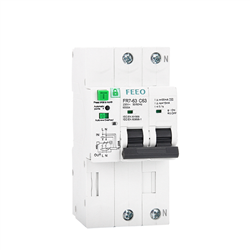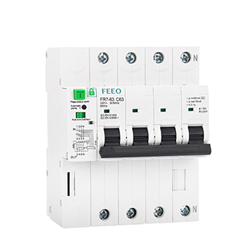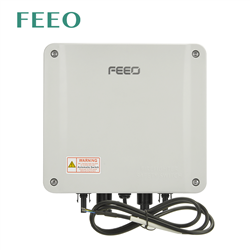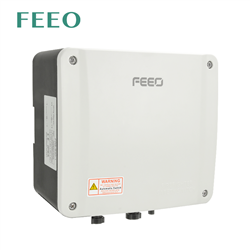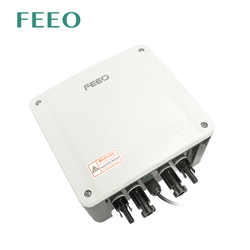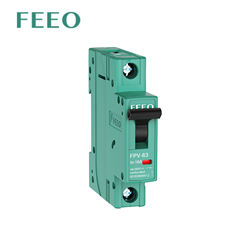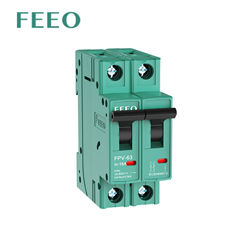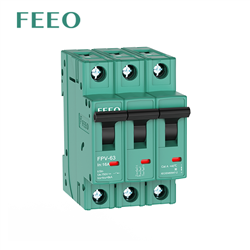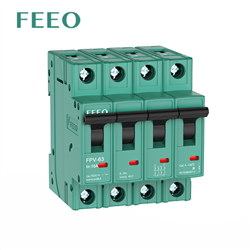What is a Circuit Breaker?
A circuit breaker is a safety device that is designed to protect electrical systems from damage caused by overloading. The circuit breaker is used to interrupt the flow of current in an electrical circuit when the current exceeds a specified rating. This safety device has three main components: the operating mechanism, the trip unit, and the contacts.
The operating mechanism is responsible for opening and closing the circuit breaker contacts. It is usually a spring-loaded mechanism that is activated when the current exceeds a specified rating. The trip unit is responsible for measuring the current flowing through the circuit breaker. It is designed to trip the circuit breaker when the current exceeds the specified rating. The contacts are responsible for making and breaking the electrical connection in the circuit.
How Does a Circuit Breaker Work?
A circuit breaker works by interrupting the flow of current in an electrical circuit when the current exceeds a specified rating. When the circuit breaker is closed, the contacts are connected, and current flows through the circuit. When the current exceeds the specified rating, the trip unit activates the operating mechanism, which opens the contacts and interrupts the flow of current.
The circuit breaker can be reset after it has tripped by manually closing the contacts. However, it is essential to identify and correct the cause of the overloading before resetting the circuit breaker. Failure to identify and correct the cause of the overloading can result in damage to the electrical system or appliances.
Featured Circuit Breakers
There are different types of circuit breakers that you can use in your electrical system. The most common types of circuit breakers are the thermal circuit breaker, the magnetic circuit breaker, and the hydraulic-magnetic circuit breaker.
The thermal circuit breaker is designed to trip when the current exceeds a specified rating. It works by heating a bimetallic strip that bends and activates the operating mechanism when the current exceeds the specified rating.
The magnetic circuit breaker is designed to trip when the current exceeds a specified rating. It works by creating a magnetic field that activates the operating mechanism when the current exceeds the specified rating.
The hydraulic-magnetic circuit breaker is designed to trip when the current exceeds a specified rating. It works by using a hydraulic system that activates the operating mechanism when the current exceeds the specified rating.
Circuit Breaker Notes

It is essential to understand the importance of electrical safety when working with circuit breakers. Always ensure that the circuit breaker is rated for the current that it will be carrying. Failure to use the correct circuit breaker can result in damage to the electrical system or appliances.
It is also essential to test the circuit breaker periodically to ensure that it is functioning correctly. Testing the circuit breaker involves measuring the current flowing through the circuit breaker and comparing it to the specified rating. If the current exceeds the specified rating, the circuit breaker should trip.
Troubleshooting circuit breaker problems can be challenging, and it is essential to seek professional help if you are unsure about what to do. Attempting to fix circuit breaker problems without the necessary knowledge and experience can result in injury or damage to the electrical system.
Conclusion
Understanding the basics of circuit breakers is essential to ensuring the safety and proper functioning of your electrical system. Always ensure that you use the correct circuit breaker for the current that it will be carrying. Test the circuit breaker periodically to ensure that it is functioning correctly, and seek professional help if you are unsure about what to do.
Contact us to learn more about circuit breakers and how we can help you ensure the safety and proper functioning of your electrical system.
